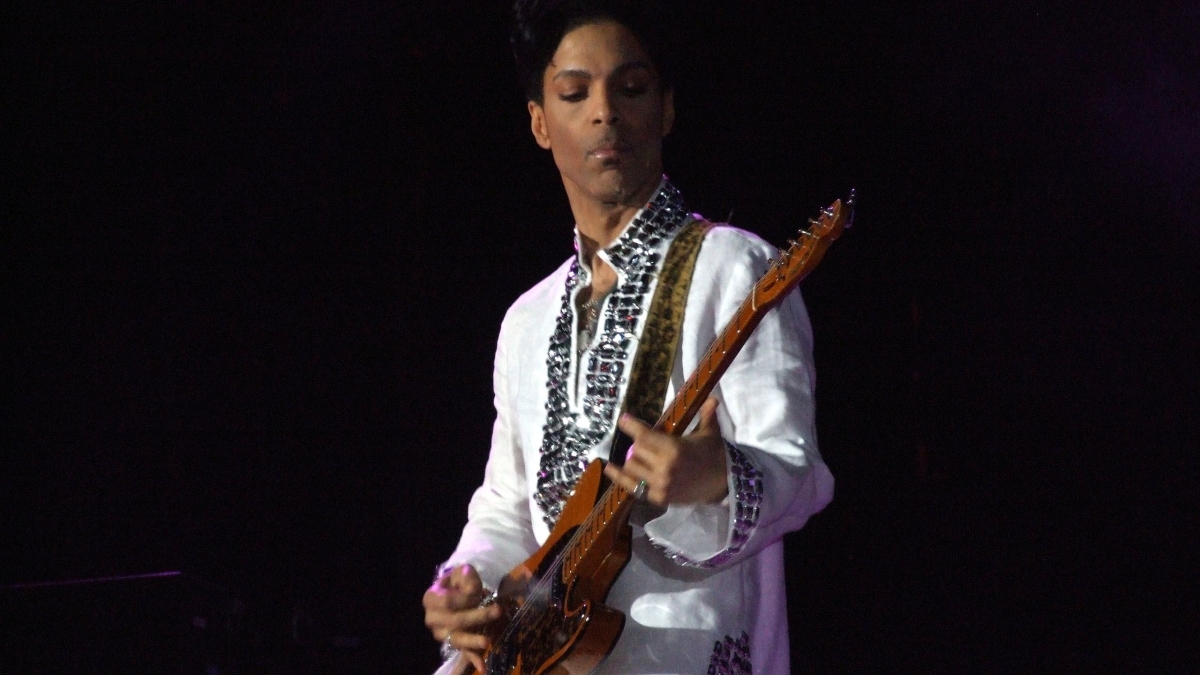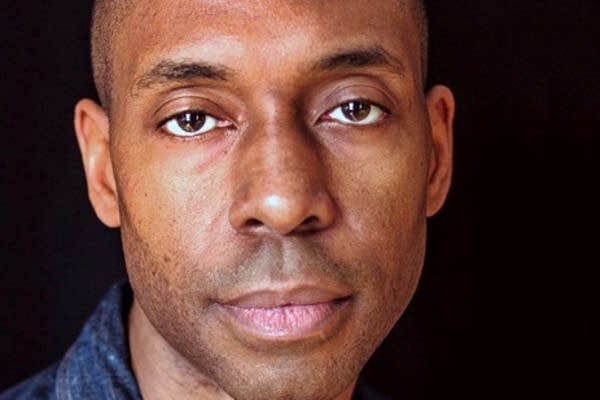The Music of Prince: A fusion of sonic, social forces

ASU's annual Humanities Lecture Series kicks off on Sept. 14 at the ASU Downtown Phoenix campus with a presentation by justice studies professor Rashad Shabazz, "Black Music in Minneapolis: Prince and the Geography of the Minneapolis Sound."
When ASU professor Rashad Shabazz hears Prince classics like “1999” and “Little Red Corvette,” he hears musical artistry and creative genius, to be sure. But he also hears the interplay of history, sociology, geography.
“Funk, rock, pop, soul, R&B, bop, new wave — these were the musical genres circulating in the black community of North Minneapolis when Prince was growing up,” said Shabazz. “He could play so many instruments by ear, and he had an incredible ability to fuse elements from all of these styles in endless ways to make a signature sound that has lasted more than 40 years.”
By way of example, Shabazz broke down the song “1999”: “You hear rock chords, a funk bass line, bop tempo, and R&B harmonies.”
But who were some of the other black musicians who helped give rise to “the Minneapolis sound,” and how did they end up in this relatively small neighborhood in the Twin Cities?
That’s the focus of one of Shabazz’s current research projects, and it will be the subject of a free public lecture on Wednesday, Sept. 14, on ASU’s Downtown Phoenix campus.
The lecture is the first in the 2016-2017 ASU Humanities Lecture Series, organized by ASU’s College of Integrative Sciences and Arts. It begins at 6:30 p.m. in the Walter Cronkite School of Journalism and Mass Communication/Channel 8 Building (CRONK), room 128.
Shabazz will combine an analysis of the Prince sound with a look at the migration of black musicians to the Twin Cities, and to North Minneapolis in particular, in the years after the Second World War.
More than just discussing history, social policies and geography, he’ll incorporate sound clips into his presentation to show how black musicians brought a number of sonic forces with them from around the country to create a unique musical style that succeeding generations have adopted, perfected and popularized.
"The Minneapolis sound we identify with Prince was not solely his," said Shabazz, who is faculty head and associate professor of justice and social inquiry in ASU’s School of Social Transformation, an academic unit of the College of Liberal Arts and Sciences. "It was the product of push-and-pull factors that brought black people to cities of the North who were looking to escape southern Jim Crow and looking for a better life."
The sound was adopted by many Prince contemporaries: from Janet Jackson, Michael Jackson and Madonna, to the Bangles, Sheila E and Sheena Easton, said Shabazz: “It’s still evident today, in the album Prince produced with protégé Judith Hill shortly before his death.”
Rashad Shabazz is associate professor and faculty head of justice and social inquiry in ASU's School of Social Transformation. Photo courtesy of Rashad Shabazz
Shabazz is a scholar who brings together expertise in human geography, Black cultural studies, gender studies and critical prison studies. In his 2015 book, “Spatializing Blackness,” he investigates how urban planning, housing policy and policing practices in Chicago created an architecture of confinement on the city’s South Side that is still influencing gang formation, incarceration rates, masculinity and health.
“We’re honored to have Rashad opening this year’s Humanities Lecture Series with a timely topic of broad appeal to the community,” said series organizer Mirna Lattouf, principal lecturer in language and cultures in the College of Integrative Sciences and Arts. “Our aim is to provide Downtown Phoenix with opportunities to publicly discuss and interpret current research and events in a way that leads to greater understanding and appreciation of various points of view on political, social and cultural issues.”
This year’s lecture theme is “Where Is Our Humanity?” and the fall portion of the series continues on Oct. 6, with a lecture by historian Pamela Stewart on “The Art of War: Chaos, Deception, Redemption,” and on Nov. 10, with a presentation by Nancy Liliana Godoy-Powell, archivist and librarian of ASU’s Chicano/a Research Collection, who will speak on “Anti-Immigrant Rhetoric and Policies in Arizona Archives.”
These lectures will also be held in the Walter Cronkite School of Journalism and Mass Communication/Channel 8 Building (CRONK), room 128, and will begin at 6:30 p.m.
More Arts, humanities and education

ASU professor's project helps students learn complex topics
One of Arizona State University’s top professors is using her signature research project to improve how college students learn…

Award-winning playwright shares her scriptwriting process with ASU students
Actions speak louder than words. That’s why award-winning playwright Y York is workshopping her latest play, "Becoming…

Exceeding great expectations in downtown Mesa
Anyone visiting downtown Mesa over the past couple of years has a lot to rave about: The bevy of restaurants, unique local shops…


